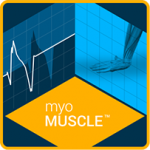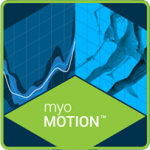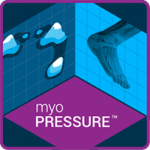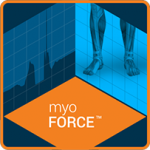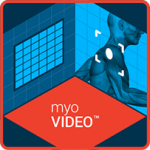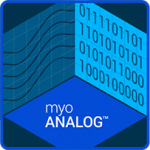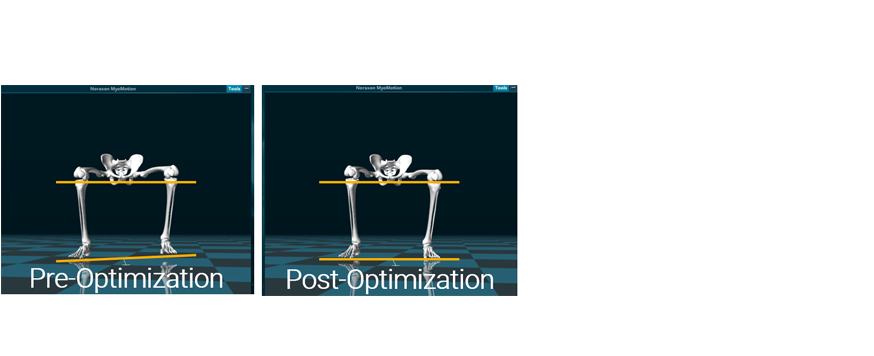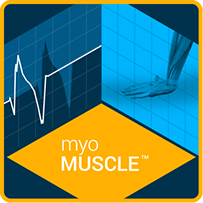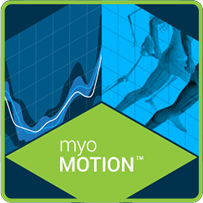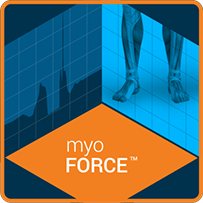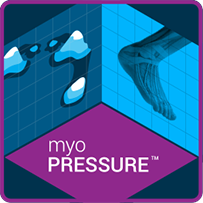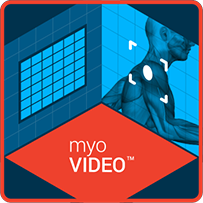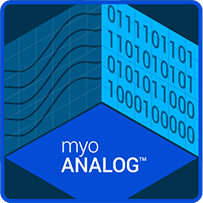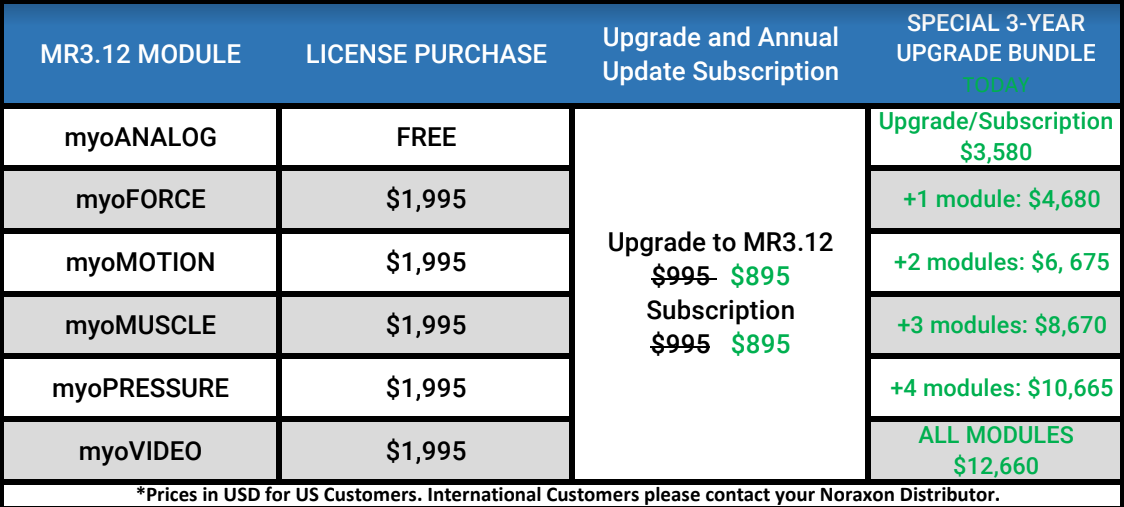myoRESEARCH®
A Unified Measurement & Analysis Software
Seamlessly collect and combine a variety of data in Noraxon’s all-in-one software platform, myoRESEARCH. The integration of EMG, force, pressure, 3D motion and high-speed video is complemented by automatic synchronization, simplifying your workflow and providing reliable real-time data. Collection, review, analysis, and reporting is now a streamlined process, even with data from many complex biomechanics recording systems.
Consolidate data without compromising on insights.
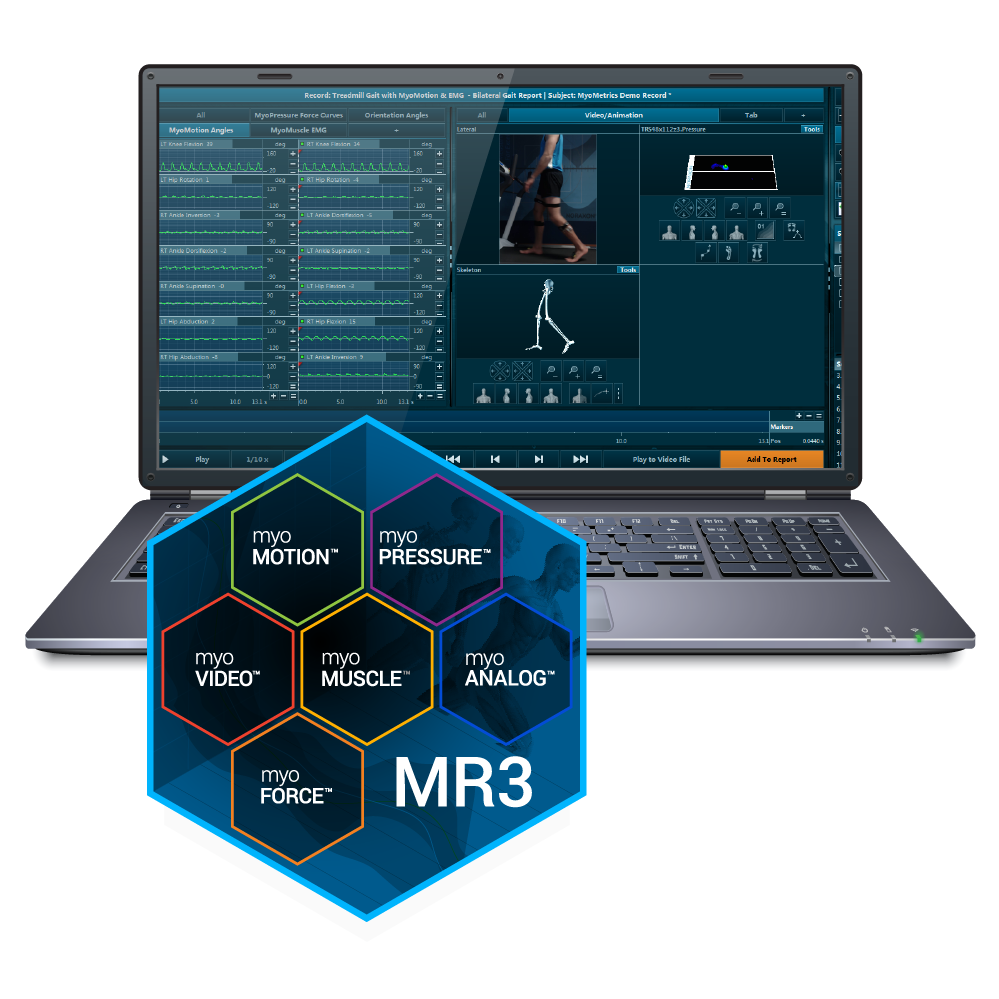
One Company • One Software • Limitless Insights
Customize your myoRESEARCH software to support any combination of Noraxon modules to fit your specific measurement needs.
Streamlined User-Friendly Workflow
Boost your productivity with an intuitive interface and streamlined processes that allow for an efficient data collection and analysis workflow.
- Setup hardware and measurement configuration settings
- Record measurements and use real-time data with visualizations for biofeedback
- Manage data and select recordings to review or export
- Playback records and alter data with signal processing tools
- Communicate calculated metrics and customize layouts to fit your needs


Synchronized & Integrated Tech Ecosystem
Seamlessly connect and integrate multiple measurement devices to eliminate data silos and evaluate human movement completely.
- Setup multiple hardware profiles to accommodate different measurement applications
- Synchronize any combination of modules to simultaneously record data from EMG & IMU sensors, pressure products, force plates, third party devices, and up to 4 video cameras
Automated & Customizable Reporting
Save time and effort with automated reporting features, while also having the flexibility to customize reports to meet your specific needs.
- Over 40 report templates are available to analyze recorded data
- All report templates can be customized using simple report editing tools
- Compare reports of multiple records to evaluate the differences between measurements


Real-Time Data Visualization & Feedback
Gain instant insights and feedback with real-time data visualization to enhance the effectiveness of your measurements.
- Configure biofeedback protocols to interact with real-time data from any integrated hardware device
- Drive biofeedback training with auditory and visual cuing by establishing target values or thresholds
Total Data Access & Control
Enjoy complete control over your data with local storage and robust access controls to manage, share, and protect data as needed.
- Establish an external storage site for the MR3 database on alternative and portable hard drives or local network servers
- Data can be tagged and filtered within the database to show only a specific subset of projects, subjects, or records
- Backup, copy, or share recordings using intuitive import/export functions


Point-and-Click Signal Processing Tools
Easily process and analyze signals with a user-friendly point-and-click interface that simplifies complex data processing tasks for better efficiency and repeatability.
- Apply signal processing routines to data channels before measurement to improve data collection workflow
- Save signal processing routines and apply them to multiple records at a time for simplified data processing
Academic License
We offer a complimentary analysis-only version of our software to current MR3 users. Further your education, practice your techniques, and process data outside the lab!
- 6-month license
- Comprehensive signal processing and reporting capability
- Access to broad technical support
Maintenance & Support
Make sure you have all of the newest features of myoRESEARCH®. When you subscribe to the Software Maintenance & Support Plan, you’re entitled to:
- The latest myoRESEARCH® software upgrades
- Ongoing software support and training
- Admission for 2 to our Annual Users Meeting
